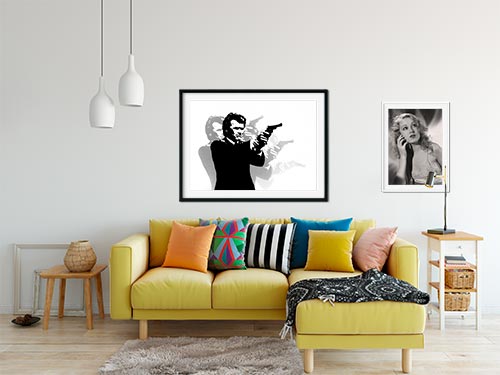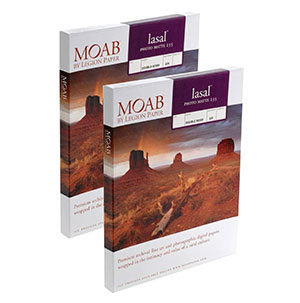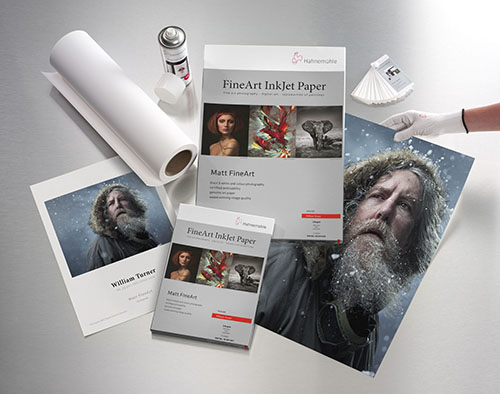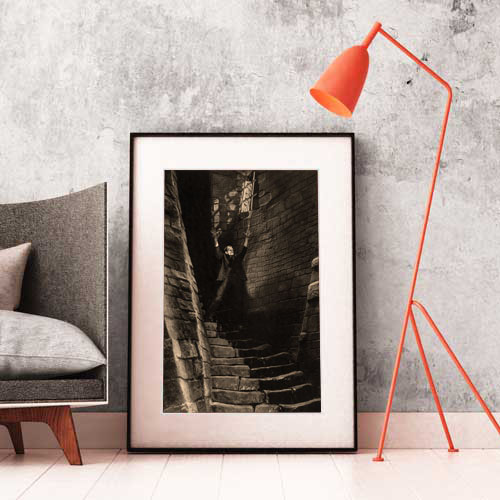Visually stunning theatrical publicity shot featuring Boris Karloff (James Rankin). He found a knife in the coffin and holding it causes him to have an intense physical transformation: his face is distorted and his left arm left paralyzed. He's now turned into a deranged killer!
The Haunted Strangler (also known as Grip of the Strangler and originally titled The Judas Hole) is a 1958 British horror film directed by Robert Day. It was adapted from "Stranglehold", a story which screenwriter Jan Read had written specially for Boris Karloff, and was shot back to back with producer Richard Gordon's Fiend Without a Face, with both later being released as a double feature by MGM.
The film was originally going to be called Stranglehold and was written by Jan Read, a friend of Boris Karloff's. He gave the script to producer Richard Gordon, who was looking to make a horror movie in the U.K. Gordon set up Amalgamated Productions with Charles Vetters and had started providing U.S. funding and talent for eight pictures shot in Britain.
Amalgamated went into partnership with British producer John Croydon and negotiated a deal with distributor Eros Films who agreed to guarantee 70% of the film's budget after delivery of the final product. The remaining 30% of the budget was provided by the National Film Finance Corporation.
The agreement with Eros was conditional on Amalgamated providing a second film, so Gordon arranged to make Fiend Without a Face back to back with a different cast and director. MGM picked up both films for release. Gordon later estimated the cost of the two movies together was approximately £80,000 exclusive of the costs of imported American stars.
Read's script was rewritten by John Croydon, who brought in the idea of making the killer a Jack the Ripper-style murderer and having the transformation be physical (in the original draft, Rankin was only possessed by the killer's spirit). The film was shot in Walton Studios in Surrey. Karloff was paid $27,500 for four weeks, with an option to make a second film for Amalgamated.
Executive producer Richard Gordon and interviewer Tom Weaver talk about the making of The Haunted Strangler on the audio commentary of the Criterion DVD, available as part of the 2007 box set Monsters and Madmen.
Product Enquiry
Kodak Professional Endura Paper
Kodak Endura papers provide an incredible amount of detail and smooth transition of tones. Designed for the professional photographer in mind, looking for a more traditional photo print style, Kodak Endura provides an extended print life and color gamut almost at the level of a high end fine art paper print.
Archival Matte Paper
Archival Matte Paper, also known as Moab Lasal Photo Matte, is our house stock fine art paper and is an economical favorite for fine art reproductions and photo prints. It features a smooth surface, heavy weight (230 g, 9.5-mil), neutral white, matte paper engineered for accurate color reproduction that provides high contrast and high-resolution output. This paper is acid-free, making it the perfect choice for both photography & fine art reproductions.
Giclee William Turner Paper by Hahnemühle
The William Turner by Hahnemühle is one of the most popular papers used in the Giclee printing industry. This is a 310g natural white mould made natural line paper with 100% rag content making it highly archival. It has a slight coarse texture which gives photos and artwork an elegant look. These fine art paper prints (also known as Giclee) are ordered by galleries, individual artists and photographers. The papers and inks are not only archival but use some of the most accurate print technology for full color prints.
- Giclee prints use very expensive archival pigmented inks.
- Highest level of color gamut available in printing (12 color printing).
- Exceptional black & white printing.
- Fade resistant, pigmented inks which provide a superior color range compared to other types of inks. Widely preferred in fine art and photography circles.
- We ONLY use professional grade fine art and photo paper that resist yellowing and aging.



Framing
We offer wood and metal frames, custom cut & joined to order. Each framed print includes hanging hardware and foamcore backer.
Matting
We use conservation grade 100% virgin alpha-cellulose 2 ply mats with white core. Acid-free and lignin-free, these are both face resistant and meet all conservation quality standards set by the Fine Art Trade Guild. Mats are digitally cut for ultimate precision. The window will be 1/8″ smaller than the print dimensions.
Glazing (Acrylic Glass)
We offer custom cut panes of shatter-proof, acrylic glass, to protect your valuable artwork and prints.
Premium Clear
Framing grade clear acrylic is shatter resistant and lightweight.
Reflection Control
With its matte finish, Tru Vue Reflection Control® Acrylic scatters light to diminish unwanted glare.
Conservation Clear
Tru Vue Conservation Clear® Acrylic is a framing industry staple, blocking up to 99% of UV rays for ultimate protection.
Conservation Reflection Control
Tru Vue Conservation Reflection Control® Acrylic scatters and diffuses light to reduce unwanted glare. Blocks up to 99% of UV rays.







